Tag: AI
-
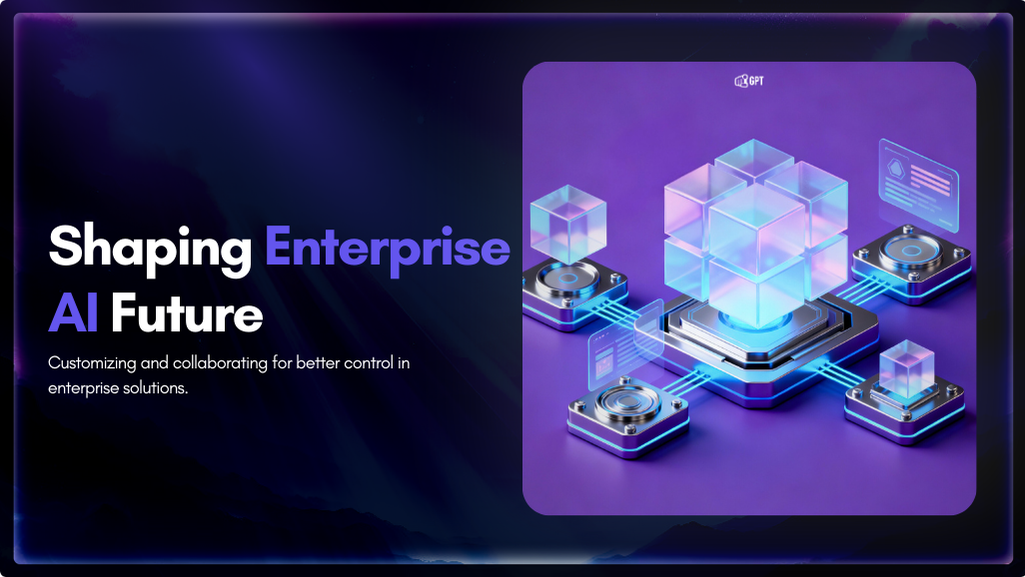
The Future of Enterprise AI (Customization, Collaboration, Control)
Artificial Intelligence has advanced quickly over the past five years, moving from an experiment to a standard component of modern business. AI has become a central part of enterprise strategy. 88% of organizations are now using AI. This figure has increased from 78% the year before. This transformation is reshaping how companies run, communicate, and…
-
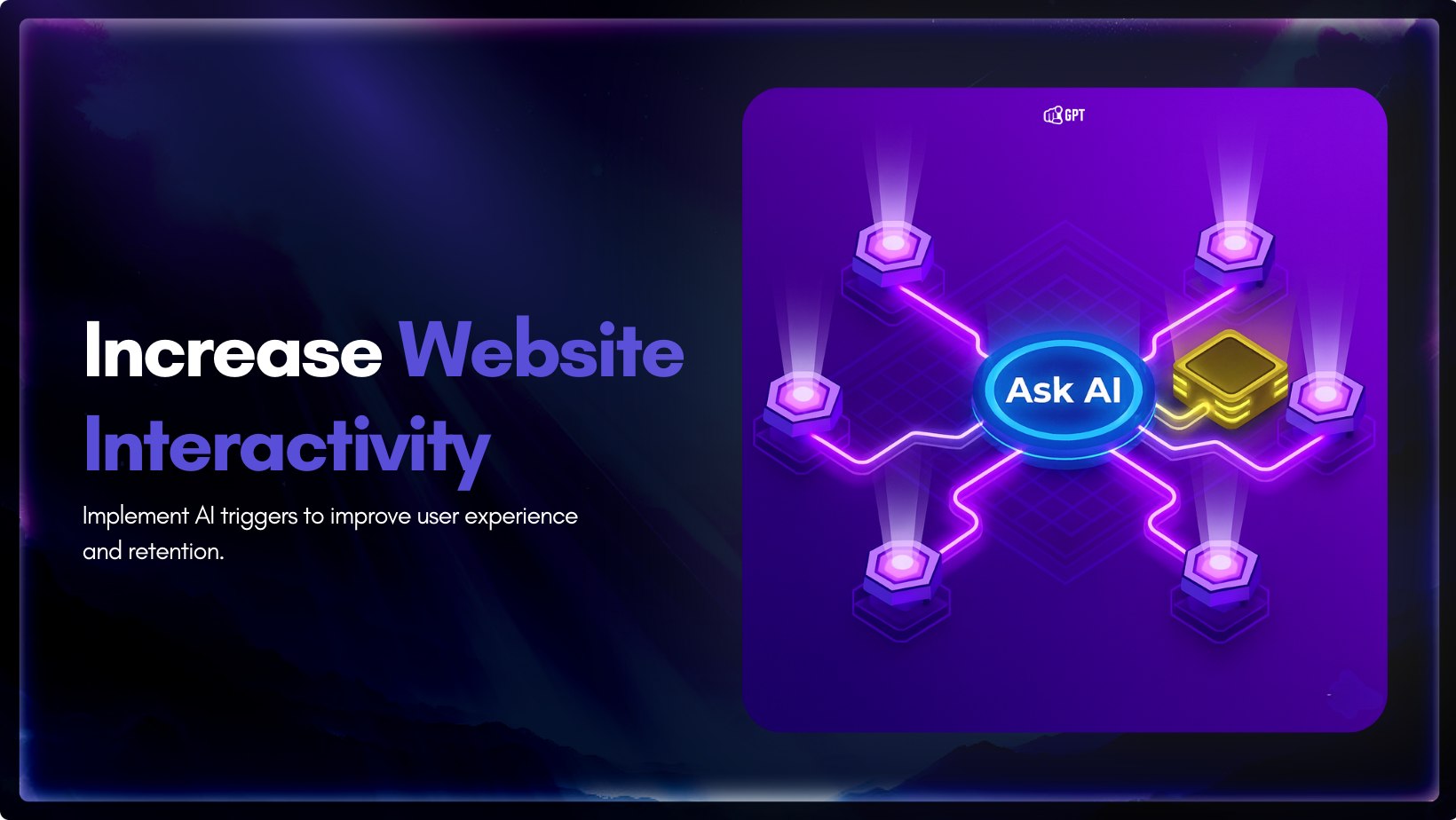
Ask AI Trigger: Make Your Website More Interactive
You invest time writing your website copy. You explain features, pricing, and how everything works. The information is there. Still, some visitors leave without clarity, and small gaps in understanding often stop them from moving forward. This happens because a static page cannot adjust to what they want at that moment. They skim a section,…
-

7 AI Strategies That Actually Increase Marketing Revenue
You have definitely heard about the use of AI in marketing. But have you ever seen or learned how it can actually drive revenue? Well, firms using AI in marketing and sales report significant benefits. According to a recent study by McKinsey & Company, revenue increases from AI show up most in marketing and sales,…
-
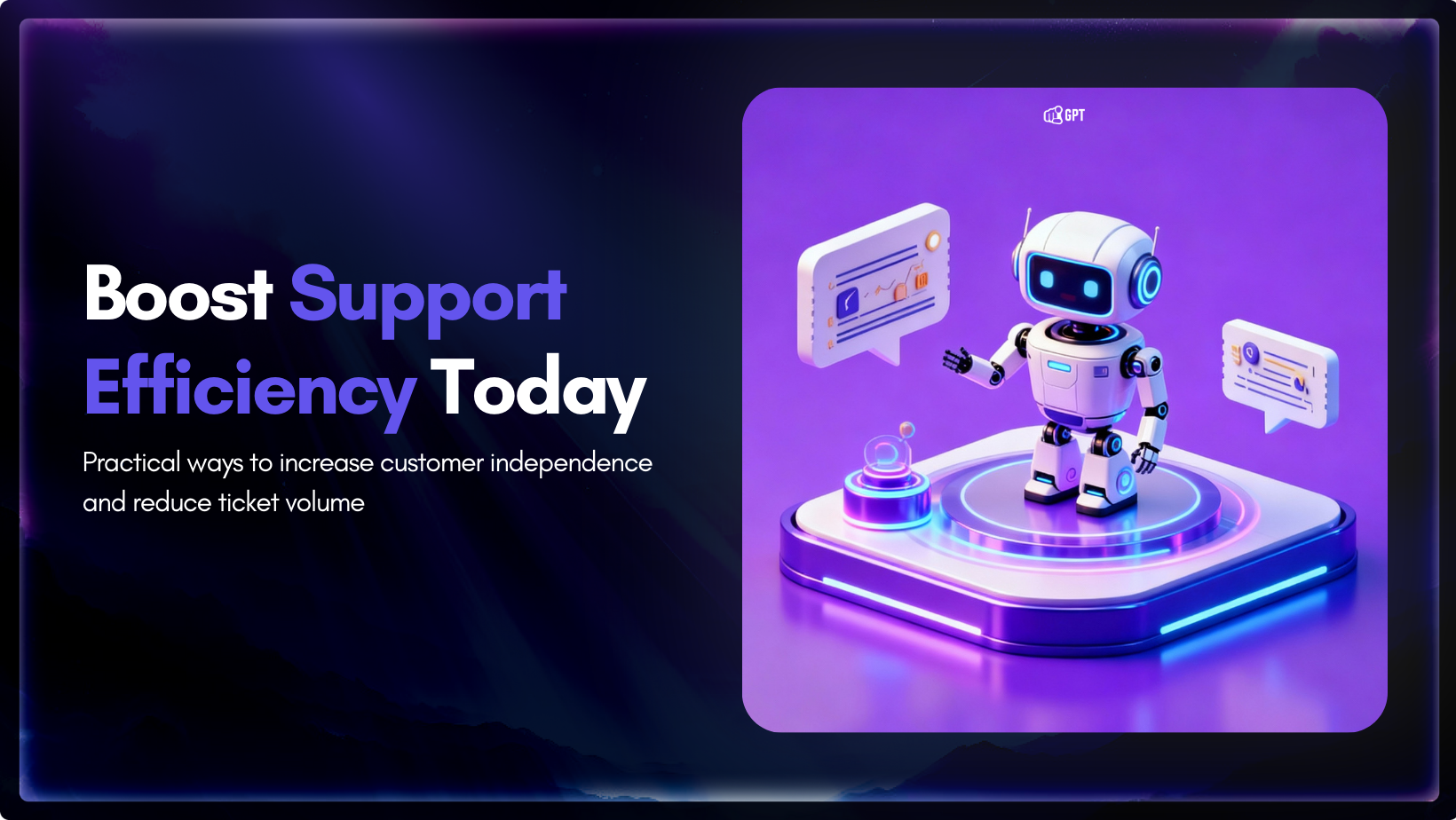
What Is Deflection Rate? (Plus 7 Strategies That Actually Work)
These days, self-service options is the norm for customer support. However, simply having a knowledge base or chatbot is no longer enough. The most important thing is to determine if these tools are effective. Are your customers getting the answers they need? Or are they simply becoming increasingly irate and will eventually contact your support…
-
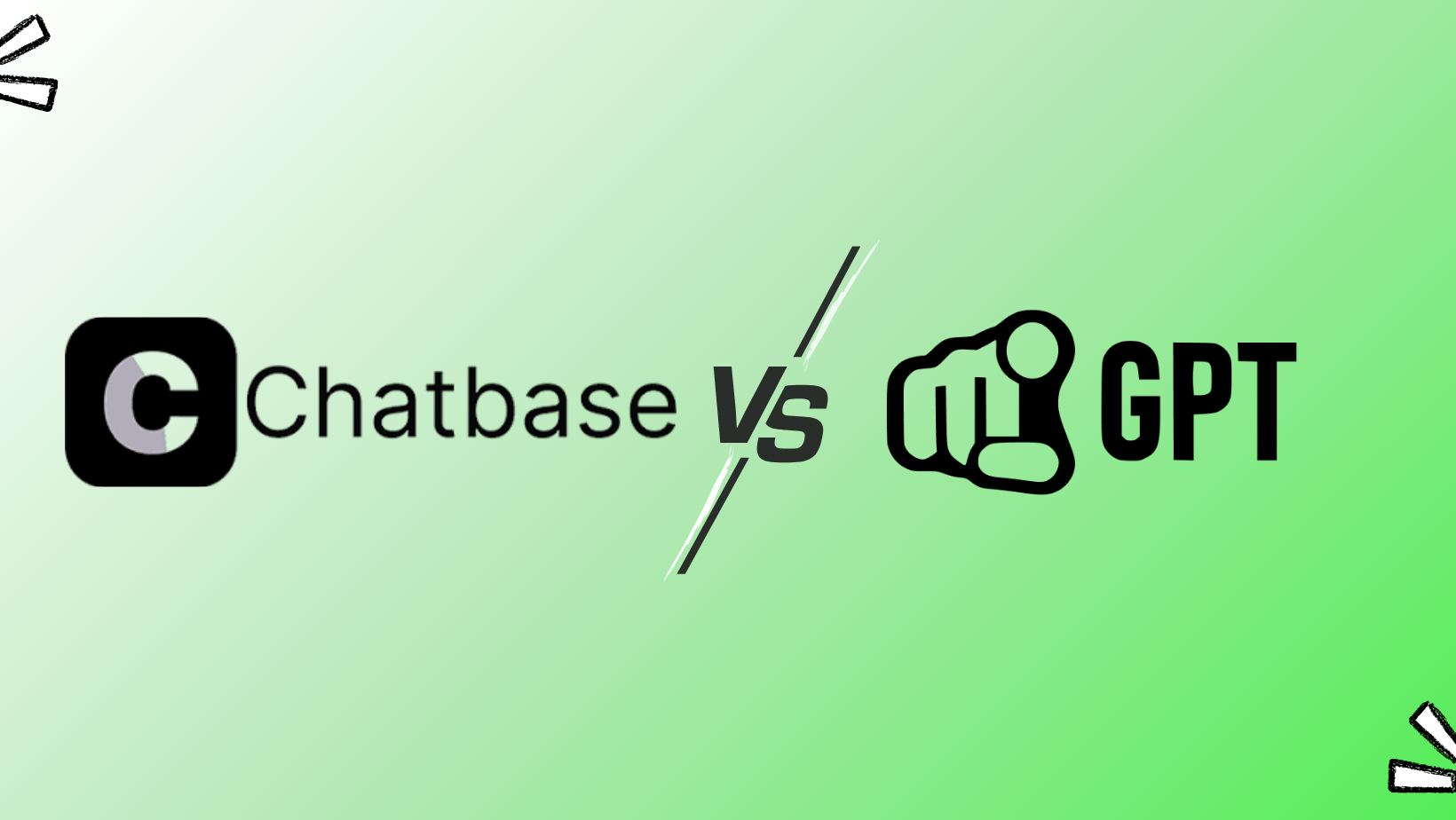
YourGPT vs Chatbase: Choosing the Right AI Agent Platform in 2025
YourGPT vs Chatbase Technology choices often have deeper implications than they first appear. Selecting the right AI platform, such as YourGPT or Chatbase, involves more than just checking features and pricing. The true value and potential challenges often emerge once your team begins using the AI agent daily. Factors like how smoothly an AI agent…
-
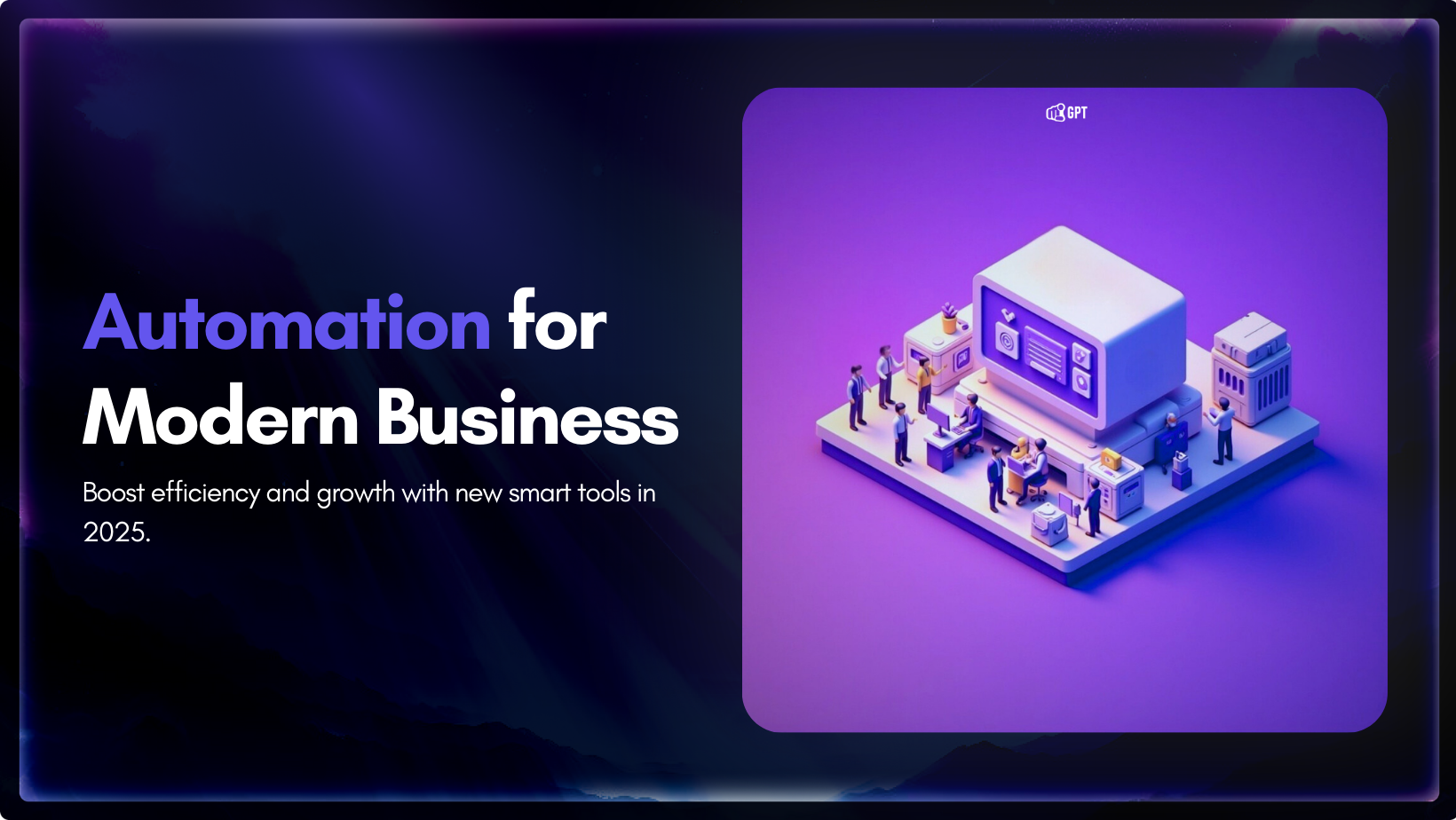
AI Automation in 2025: Everything Business Owner Needs to Know
AI technology in 2025 is an active part of how businesses operate today. It plays a growing role in daily decision-making, planning, and service delivery across industries. From early-stage startups to large enterprises, organizations are applying AI tools to improve how they work, manage expenses, and find new paths for expansion. Automation helps teams work…
-

The Complete Guide to Customer Loyalty in 2025
Think about your favourite brand. The one you trust, refer to friends, or buy from time and time again, even when there are less expensive options. That is an example of customer loyalty. Loyalty is more than just points or discounts in 2025. It means knowing exactly what your customers want and always giving them…
-

7 Support Mistakes That Cost You Sales (And How AI Fixes Them)
Customer support matters more today because buying decisions depend heavily on how quickly and clearly issues get resolved. Many businesses still see support as something to think about only after making a sale. When customer support is slow or confusing, customers lose patience quickly. This leads directly to fewer sales, customers abandoning purchases, and damage…
-

Vibe Marketing Explained: Real Examples, Tools, and How to Build Your Stack
You’ve seen it on X, heard it on podcasts, maybe even scrolled past a LinkedIn post calling it the future—“Vibe Marketing.” Yes, the term is everywhere. But beneath the noise, there’s a real shift happening. Vibe Marketing is how today’s AI-native teams run fast, test more, and get results without relying on bloated processes or…
-

What is a Vector Database & How it Works?
If you’ve ever wondered how YouTube plays the exact video or music you want to watch-listen, or how a chatbot instantly finds the right answer—it’s because of something called a vector database. You’ve probably heard terms like “embeddings,” “semantic search,” or “vector stores” in the recent years. They can sound technical, but the basic idea…